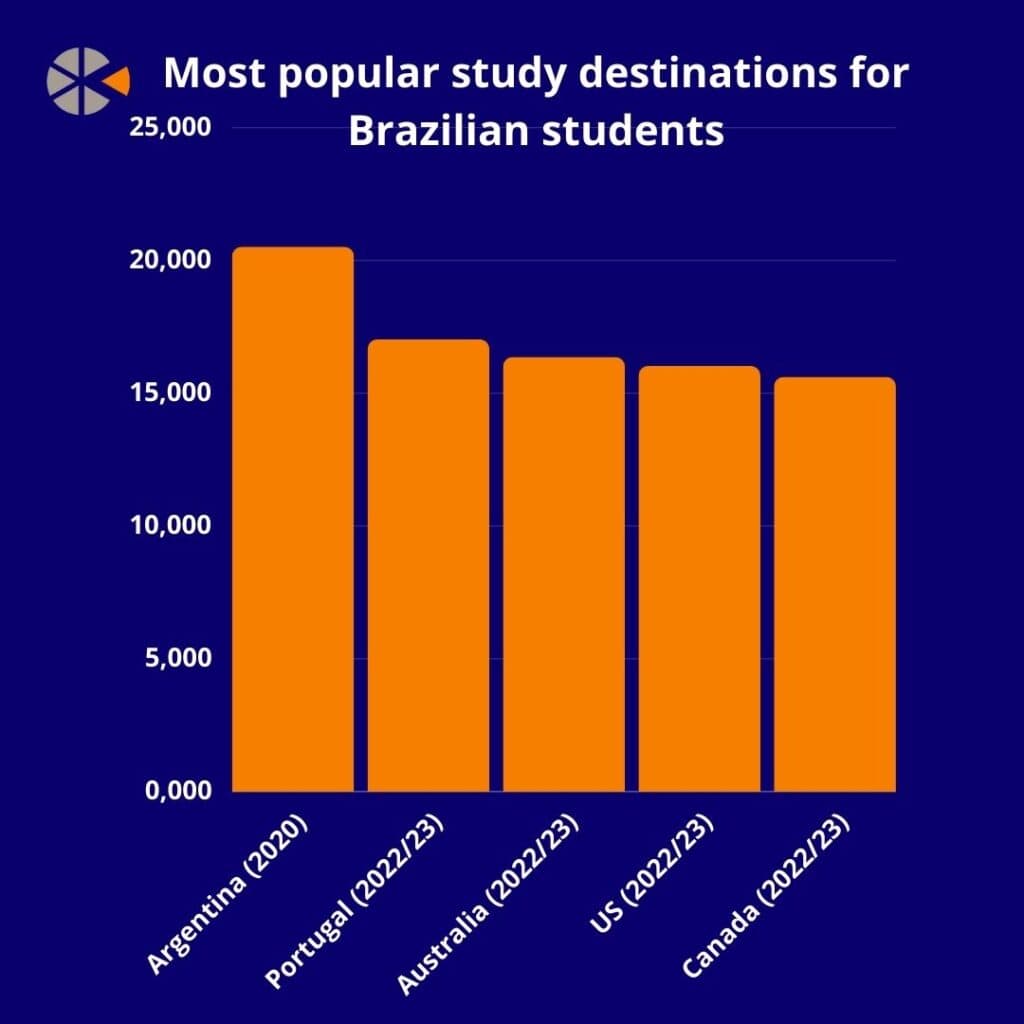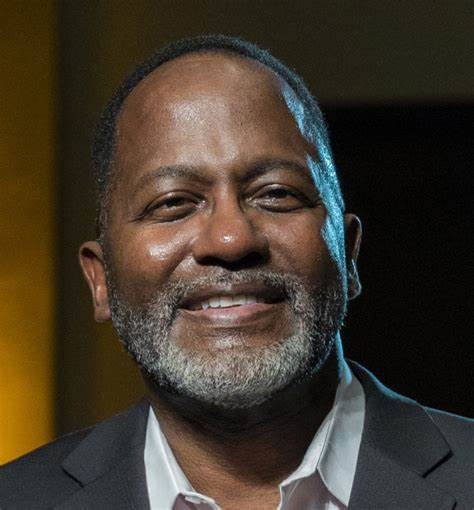Fast Facts:
- Brazil is located on the eastern side of South America, facing the Atlantic Ocean and occupying half of the continent’s landmass
- Brasília is the capital of Brazil
- Brazil’s population is 218 million, as of 2024
- 44% of the population is below the age of 30
- Brazil’s most widely spoken language is Portuguese, although English is now a compulsory subject in secondary school
How many international students are currently studying in Brazil?
According to the most recent OECD data for 2021, Brazil has one of the smallest proportions of international students enrolled in tertiary education, ranked 42 out of 44 OECD countries with available data.
Over half of Brazil’s international students in 2021 came from Latin America or the Caribbean, but there is little reliable data revealing exact student numbers.
What factors are determining inbound student mobility?
“Brazil has never been very good at becoming more internationalised… we’re good at speaking about ambitious plans but not at implementing them,” Victor Hugo Baseggio, co-founder and owner of CI Brazil study abroad provider told The PIE News.
“It’s partly because of our geography, because most of Brazil’s population lives on the Atlantic coast, which separates them from the rest of the world, but it’s mainly due to a lack of planning and a lack of infrastructure required to welcome international students.
Baseggio pointed to concerns about Brazil’s security and a lack of investment into hotels, transportation and other infrastructure, making the country less welcoming to visitors.
He added that due to high fuel taxes, the cost of flying from London to Brazil, as compared with London to Thailand, is much more costly despite being a similar distance.
“The creation of Mercosur economic block has been an enormous failure,” Baseggio continued.
“It hasn’t facilitated movement of people… universities haven’t adapted to facilitate more student exchange like the Europeans do providing opportunities for more freedom to work and study.
Brazil has never been very good at becoming more internationalised… we’re good at speaking about ambitious plans but not at implementing them
Victor Hugo Baseggio, CI Brazil
However, Brazil hosts three out of the top 10 universities in the region, notably the University of São Paulo, which came first in the QS 2024 rankings for Latin America & the Caribbean.
The State University of Campinas (Unicamp) and the Federal University of Rio de Janeiro ranked third and sixth respectively.
How many students are currently studying abroad?
According to the latest UNESCO figures, there were 89,000 post-secondary Brazilian students studying abroad in 2022.
More recent ICEF estimates show at least 110,000 Brazilians studying abroad in 2024 at various levels and including English-language study.
How has that number changed over the past five-10 years?
As per the UNESCO figures, the number of internationally mobile Brazilian students in tertiary education grew from 58,000 in 2017 to 89,000 in 2022, an increase of over 50% in six years.
What are the top destination countries for Brazilian students?

What factors are driving student decisions?
“My vision for outbound mobility has always been optimistic, there is lots of potential there for English-language study and higher educational programs,” said Baseggio.
Brazil’s English proficiency is classified as ‘low’ by the EF English Proficiency Index, ranked 15th out of 20 in Latin America and 70 out of 114 countries worldwide.
According to Baseggio, this is one factor driving a high demand for English language programs abroad, but it also limits students who do not have the language proficiency to succeed at Western universities that do not have systems in place to support students with language training.
Brazilian president Luiz Inácio Lula da Silva’s pro-education stance has begun to bring academics back to the country, but years of drastic funding cuts and pay freezes under the Bolsonaro government are still being felt by Brazil’s higher education sector, driving students who can afford it to look for education opportunities elsewhere.
However, according to Baseggio, “It’s not connected to the far-right or the far-left, it’s much bigger than that. The problems with the education system have been created over 300 years, they were not created 10 years ago.”
Based on GDP, Brazil is the third-largest economy behind China and India within the BRICS+ trading bloc, which is one reason why experts are confident about its potential as a growing market of international students. But average income remains low at about $600 a month and high drop-out rates at secondary school create barriers for many students studying abroad.
My vision for outbound mobility has always been optimistic
Victor Hugo Baseggio, CI Brazil
Scholarships provided by the national government, state governments, charities and host destinations continue to play an important role in enabling Brazilian students to go abroad.
The US has multiple programs facilitating student mobility between the two countries, including former President Obama’s 100,000 Strong in the Americas Initiative.
Approximately 80% of Brazilian students who study abroad come from Brazil’s southern and central eastern states, including São Paulo, Rio de Janeiro and Brasilia.
What else should I know?
According to a 2023 QS survey of over 3,100 prospective students in Latin America and the Caribbean, nearly 80% of students said their biggest worry about studying abroad was the cost of living followed by the availability of scholarships.
Other important factors when choosing a country to study in include it being safe and welcoming for international students (51%), the appeal of its culture and lifestyle (51%) and the high quality of its education (48%).
#Brazil










